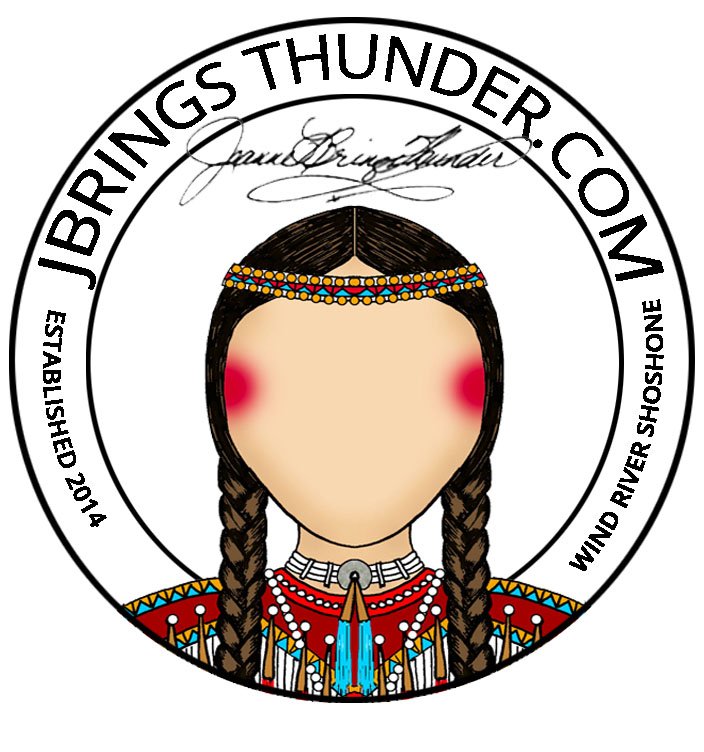Horse Medicine Ledger Print




Horse Medicine Ledger Print
***Print Only for Sale***
Horse Medicine
Artist Signed Print
11"x17"
Original is mixed media (pen & ink, acrylic, colored pencil)
on antique ledger paper
Art! It brings an element of vibrancy into your home or office. Your choice of art often reflects your own personality, your tastes, your aspirations…buy art you love and surround yourself with it.
Horse Medicine pays tribute to the relationship of Indigenous peoples and our horses and to honor one of the great sagas of human contact with the animal world. Indigenous peoples of North America have traditionally regarded the animals in our lives as fellow creatures with which a common destiny is shared. When Shoshones encountered the horse we found an ally, inspiring and useful in times of peace, and courageous in times of war. Horses transformed Shoshone life and became a central part of our tribal culture.
By the 1800s, Indigenous horsemanship was legendary, and the survival of many Indigenous peoples, especially on the Great Plains, depended on horses. Native peoples paid homage to horses by incorporating them into their cultural and spiritual lives, and by creating art that honored the bravery and grace of the horse.
The glory days of the horse culture were brilliant but brief, lasting just over a century. The bond between Shoshones and other North American tribes the Horse, however, has remained strong through the generations.
Horse Medicine was inspired by my husband and a very special race horse named Powwow. Several years ago my husband at the last minute decided to race in a traditional horse race and barrowed powwow to carry him. It was so last minute that he didn’t even have time to adjust the stirrups and saddle, which later on probably saved him from serious injury. He and powwow blew everyone away right from the start because they both loved to run. As they approached a dry creek bed powwow stumbled on the loose gravel and they both flipped over each other. They both got up and finished the race in second place. It was then discovered that powwow had broken one of his hind legs.
Despite everyone’s grief and telling my husband to put him down, he refused. He gave his best saddle horse to Powwows owner in exchange for the injury he caused. He just couldn’t bring himself to destroy such a special horse as Powwow. Instead and despite the continued negativity and hopelessness from everyone. He prayed, went to ceremony and doctored Powwow for months during a very harsh North Dakota winter and despite all odds and to everyone’s amazement, my husband healed Powwow.
Come spring the following year Powwow was seen grazing in the pasture with the rest of the herd. Although he would never be able to run or race again….he was alive.
Unfortunately the owner of this amazing miracle horse chooses to leave him locked in the barn – round pen with the rest of the herd in late spring for an undetermined length of time without adequate food and water. Powwow starved to death along with several other horses including new born colts that were most likely trampled to death in the overcrowded area. I is heart wrenching to think Powwow had to pass this way.
Thank you Powwow for teaching us first and foremost responsibility, never to give up, to be brave and to return to our traditions, ceremonies and medicines when all seems lost. You truly are and always will be a reminder that miracles do indeed happen. My family and I will never forget your spirit…..until we meet again.
Ledger Art History
This genre, often called Ledger Art, represents a transitional form of Plains Indian artistry corresponding to the forced reduction of Plains tribes to government reservations, roughly between 1860 and 1900. Due to the destruction of the buffalo herds and other game animals of the Great Plains by Anglo-Americans during and after the Civil War, painting on buffalo hide gave way to works on paper, muslin, canvas, and occasionally commercially prepared cow or buffalo hides.
Changes in the content of pictographic art, the rapid adjustment of Plains artists to the relatively small size of a sheet of ledger paper, and the wealth of detail possible with new coloring materials, marks Plains ledger drawings as a new form of Native American art. As such, ledger painting portrays a transitional expression of art and material culture that links traditional (pre-reservation) Plains painting to the Plains and Pueblo Indian painting styles that emerged during the 1920s in Indian schools in Oklahoma and New Mexico.
Beginning in the early 1860s, Plains Indian men adapted their representational style of painting to paper in the form of accountants ledger books. Traditional paints and bone and stick brushes used to paint on hide gave way to new implements such as colored pencils, crayon, and occasionally water color paints. Plains artists acquired paper and new drawing materials in trade, or as booty after a military engagement, or from a raid. Initially, the content of ledger drawings continued the tradition of depicting of military exploits and important acts of personal heroism already established in representational painting on buffalo hides and animal skins. As the US government implemented the forced relocation of the Plains peoples to reservations, for all practical purposes completed by the end of the 1870s, Plains artists added scenes of ceremony and daily life from before the reservation to the repertoire of their artwork, reflecting the social and cultural changes brought by life on the reservation within the larger context of forced assimilation.
Copyright
All content including the presentation thereof on this web site is the property of Joanne Seesequasis and protected by U.S. and international copyright laws. You may not copy, reproduce, distribute, transmit, modify, create derivative works, or in any other way exploit any part of copyrighted material without the prior written permission from Joanne Seesequasis.










